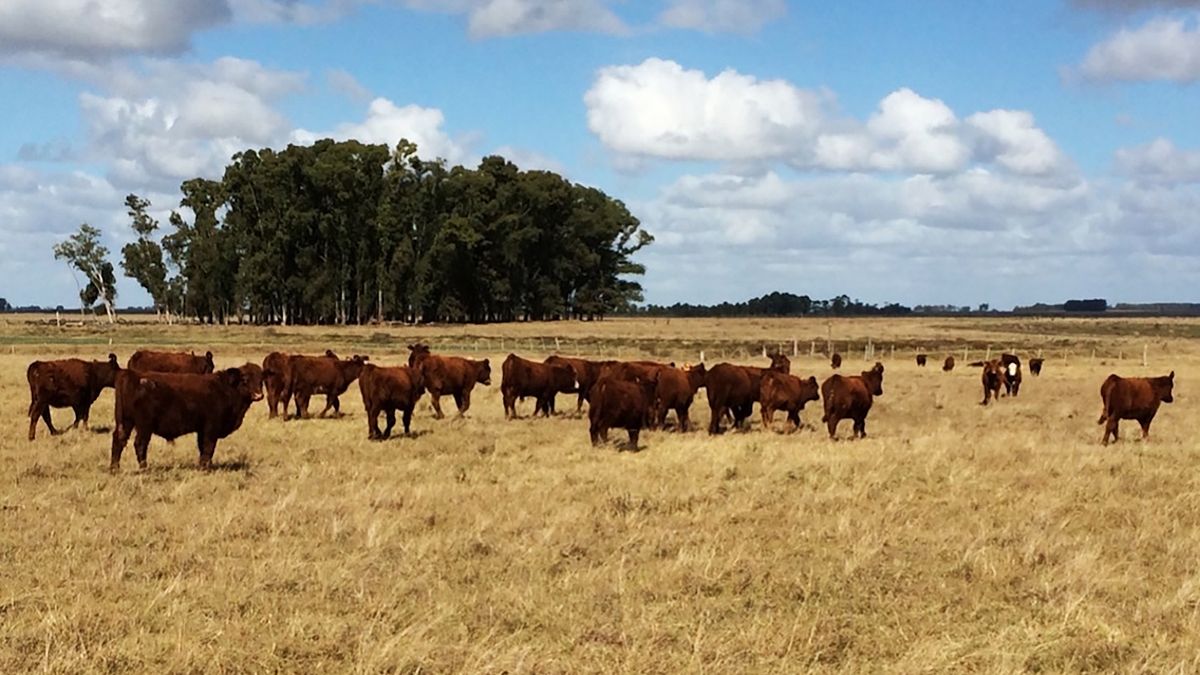Within the framework of the Agricultural Emergency that is still maintained as a response to the drought in Uruguay, he Ministry of Livestock, Agriculture and Fisheries (MGAP) extended the application period for rations and bundles for small agricultural producers.
Although the rains brought some relief and the water situation in the country seems to be tending towards normalization, the negative effects of the extreme drought experienced this summer —added to the recurring water deficit that has already been noticed for a considerable time— They did not disappear overnight.
For this reason, and while the Agricultural Emergency continues, the MGAP extended the applications to the Food Contingency Plan (PCA) until Sunday 16 at 23.59. In this way, family livestock producers may request assistance with rations and bundles for their animals.
The request can be made through an online form, and consists of 75% in charge of the MGAP and 25% in charge of the producer —up to 100 dollars per ton—, with financing for up to one year.
Likewise, it is important to take into account that the producers who registered in the Phase 1 Calvesthey do not need to re-register.
The dairy sector, one of the hardest hit
The drought hit the primary dairy sector, like so many other sectors of the Uruguayan agriculturecausing a loss that amounts to $136 million due to higher supplementation costs and lower billing.
According to a report published Monday by the National Institute of Milk (INALE), disseminated by Conexión Agropecuaria, the cost per liter for higher supplementation reaches 5.4 cents per liter. “If this loss of 5.4 US cents/liter we extrapolate it to the 2,089 million liters of milk from the entire country, would give a total loss estimated at 113 million dollars at the level of the primary sector of the dairy chain,” the report explained.
On the other hand, they are added the lower billing due to the production losses that, although in the month of January it was able to resist, in February it perceived a loss of 9.3% at country level. According to the report, without drought, the expected remission was 2,096 million liters and with drought, 2,034 million liters, meaning a loss of 61 million liters.
“Based on the expected price, it is estimated that there will be a turnover loss of 23 million dollars as a result of the drought. (61 million liters for 0.37 u$s/l),” the report noted. With this, the sum of 113 million dollars for higher production costs and 23 million dollars for lower production add up to 136 million dollars.
Source: Ambito




